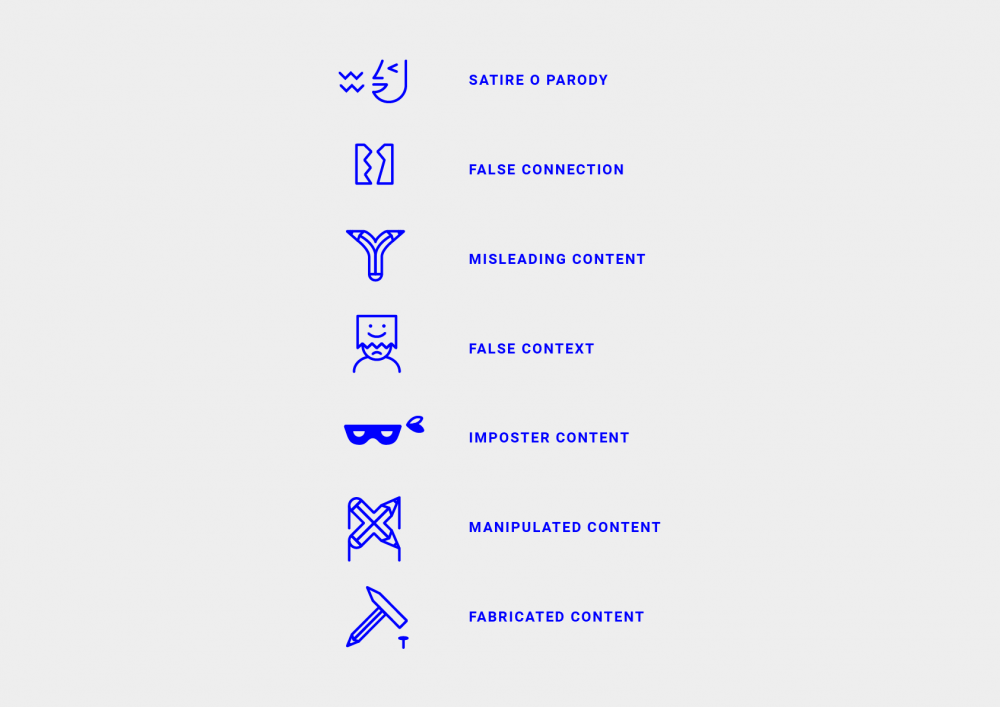Misleading claims in a family Whatsapp group come with only good intentions, whereas a media outlet knowingly broadcasting wrong information would have intent to harm with a hidden agenda. Claire Wardle, PhD and Hossein Derakhshan with research support from Anne Burns and Nic Dias presented a report for Council of Europe back in 2017 to identify the different types of information disorder. The key message of the report is that we should stop using the term 'fake news' every time we spot wrong information, especially on social media. Almost 4 years on, we already see new disinformation tactics but the fundamentals still rely on emotional and ritualistic elements of communication. We will explore the differences between misinformation, disinformation and mal-information and how the difference between falseness and intent to harm plays a role.
Misinformation
is when false information is shared, but no harm is meant.
Disinformation
is when false information is knowingly shared to cause harm.
Mal-information
is when genuine information is shared to cause harm, often by moving information designed to stay private into the public sphere.
But of course it's not always easy to categorize every post you see on your timeline. In order to effectively address information pollution, we need to understand the emotional and ritualistic elements of communication. The most ‘successful’ of problematic content is that which plays on people’s emotions and encourages feelings of superiority, anger or fear. This is also the type of content that is most liked and shared, often without actually having been read or understood. The report emphasises that the core purpose of communication between people, going far beyond the function of transmission of information, lies in representing shared beliefs.
When most social platforms are engineered for people to publicly ‘perform’ through likes, comments or shares, it’s easy to understand why emotional content travels so quickly and widely, even as we see an explosion in fact-checking and debunking organisations.
Categorizing information disorder based on falseness and intent to harm, satire or parody sits at the top as the intent to harm is minimum. As we go down in the list, we see that the underlying motivation changes towards intentionally causing harm for personal/organizational gains against public interest.

What's Ahead?
Lengthy fact-checking and debunking of false information may come too late. It may also not reach the intended audience because it is not liked and shared. There is an urgent need to understand the most effective formats for sparking curiosity and scepticism amongst audiences about the information they consume and the sources from which that information comes. The collapse of local journalism is viewed as an important contributor to the success of disinformation, as such campaigns grow much faster amongst marginalised communities who mistrust mainstream media.
Join The Newsletter & Be Part of The Hive Mind Community
To spread consciousness on information disorder, everyone has a part to play. We invite you to sign up to our newsletter to keep up to date on how you can have control over the content you read, watch, act on and share.
